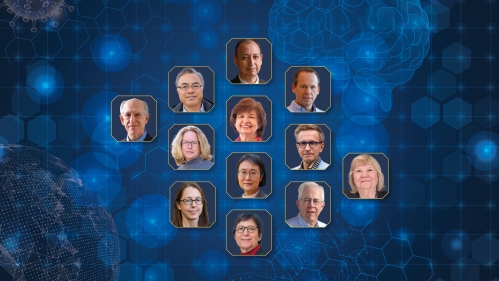Twelve professors are elected fellows of the American Association for the Advancement of Science.
Rutgers faculty were elected to the newest class of fellows of the American Association for the Advancement of Science (AAAS) and recognized for their scientifically and socially distinguished achievements. Their research includes tackling the mysteries of human health, better understanding of the body’s response to disease, and advancing the growth of green energy.
Their work demonstrates the breadth of research at Rutgers that is changing the world and making a difference in people’s lives. The dozen faculty members, the largest group ever selected from Rutgers, are working, for example, to restore the brain function of people suffering from ALS (amyotrophic lateral sclerosis) and Alzheimer’s disease, advocate for public health, and understand the causes of the long-term effects of COVID-19.
“I applaud Rutgers’ newest fellows of the American Association for the Advancement of Science—12 eminent scientists who exemplify the excellence of Rutgers faculty and whose scholarly achievements, as recognized by their peers, fulfill the AAAS mission to advance science, engineering, and innovation throughout the world for the benefit of all people,” says Rutgers president Jonathan Holloway.
AAAS, which inducted 564 fellows, is the world’s largest multidisciplinary scientific society and a leading publisher of research findings. Selection as a fellow is among the most prestigious honors within the scientific community. Fellows represent scientists, engineers, and innovators who are recognized for their achievements in 24 disciplines, ranging from research, teaching, and technology to administration in academia, industry, and government to excellence in interpreting science for the public and communicating it.
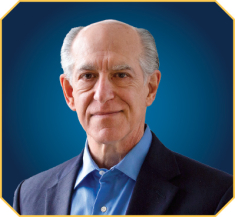
Emanuel DiCicco-Bloom
Professor of Neuroscience and Cell Biology
Robert Wood Johnson Medical School
Honored for contributing to the field of neuroscience, particularly pediatric neurodevelopmental disabilities, for advocacy, and for interpreting science for the public. DiCicco-Bloom specializes in child neurology and developmental disorders, focusing on brain cell growth, abnormalities, and environmental exposures.
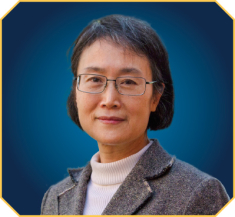
Ying Fan Reinfelder
Professor of Earth and Planetary Sciences
School of Arts and Sciences
Noted for contributions to continental-scale hydrology, particularly the interactions between groundwater and near-surface systems, including vegetation and surface water. Reinfelder researches the importance of water in shaping global environmental change, examining the patterns of land ecosystems and the geological past.
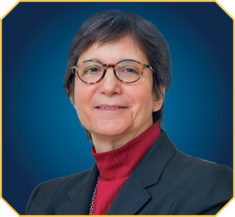
Cecile A. Feldman
Dean and Professor
Rutgers School of Dental Medicine
Chosen for contributing to the field of dentistry, especially leadership and advocacy in addressing issues facing dental education, research, and delivery of oral health care. Feldman’s work as a researcher and public health advocate transcends the dental profession and nurtures the belief that research can be part of everyday professional life.
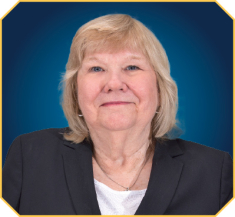
Patricia Fitzgerald-Bocarsly
Provost
Rutgers Biomedical and Health Sciences–Newark
Professor of Pathology Laboratory Medicine
New Jersey Medical School
Selected for leadership and contributions to the field of biology, notably innate immune responses to human viral infections, in particular the biology of dendritic cells. Fitzgerald-Bocarsly’s discoveries about human disease and the immune system have improved the understanding of a group of proteins produced by host cells responding to viruses and cancer.
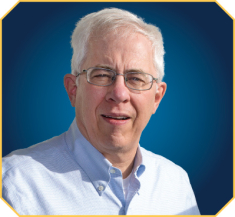
William C. Gause
Director
Center for Immunity and Inflammation
Senior Associate Dean for Research
New Jersey Medical School
Cited for contributing to the field of molecular and translational immunology, addressing the initiation and function of type 2 immunity during disease infection. Gause’s work has revealed critical aspects of allergic inflammation and the role the response plays in wound healing, leading to improved therapeutics.

Alan Goldman
Distinguished Professor
of Chemistry and Chemical Biology
School of Arts and Sciences
Noted for contributing to the development of new catalysts that could advance the growth of green energy solutions while explaining their chemical principles. Goldman’s laboratory investigates where societal challenges overlap with scientific questions and develops catalysts to produce fuels that will reduce emissions of pollutants.

Max Häggblom
Distinguished Professor and Chair
Department of Biochemistry and Microbiology
School of Environmental and Biological Sciences
Chosen for his contributions to the understanding of how the biodegradation of environmental pollutants, such as dioxins and PCBs, affects industrial and urban areas. Häggblom’s research investigates the bioexploration, cultivation, and characterization of novel microbes, and his findings on bacteria provide a foundation for applications that address pollution.

Julie Lockwood
Professor and Chair
Department of Ecology, Evolution, and Natural Resources
School of Environmental and Biological Sciences
Cited for her contributions to the field of ecology, studying the impact of invasive species on natural ecosystems and exploring diminished biodiversity wrought by globalization and human activity. Lockwood’s research documents how Earth’s biodiversity is altered through human actions and identifies solutions to slow the rate of species extinction and the spread of invasive species.

Margaret Marsh
University Professor of History
Faculty of Arts and Sciences–Camden
Institute for Health, Health Care Policy, and Aging Research
Honored for contributing to the social sciences, particularly the history of reproductive technology for women, and for her academic leadership and interpretation of science for the public. Marsh CCAS’67, GSNB’69,’74 is a historian of medicine who specializes in gender and chronicles the history of infertility, reproductive medicine, and technology.
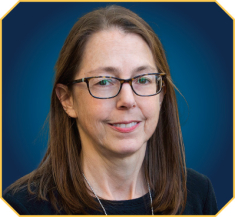
Tara Matise
Professor and Chair
Department of Genetics
School of Arts and Sciences
Noted for developing mapping of the human genome, a first step in better understanding the genetic makeup of people and improving treatment of inherited diseases. Matise is a leader in large-scale genetic study management, facilitating collaborative research that allows scientists to collect and analyze data for treating inherited diseases.
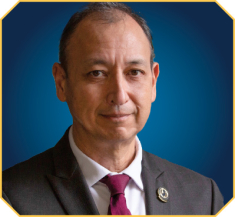
Andrew Singson
Professor of Genetics
School of Arts and Sciences
Waksman Institute of Microbiology
Chosen for innovations in the field of fertilization, particularly the discovery of genes required for fertilization in roundworms. Singson’s findings have provided a better understanding of human fertility and could lead to more effective treatments for infertility as well as the development of reliable contraceptives.
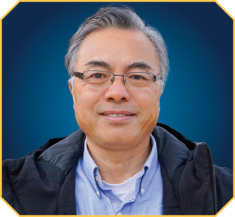
Renping Zhou
William and Myrle Garbe Chair
in Cancer and Leukemia Research
Ernest Mario School of Pharmacy
Selected for contributing to the field of molecular signaling in organizing biological structures and function, particularly protein interactions that regulate the growth of neuronal processes. Zhou’s research is dedicated to finding a way to restore lost brain function in people suffering from neurodegenerative diseases including ALS, Alzheimer’s disease, and other diseases associated with aging.
